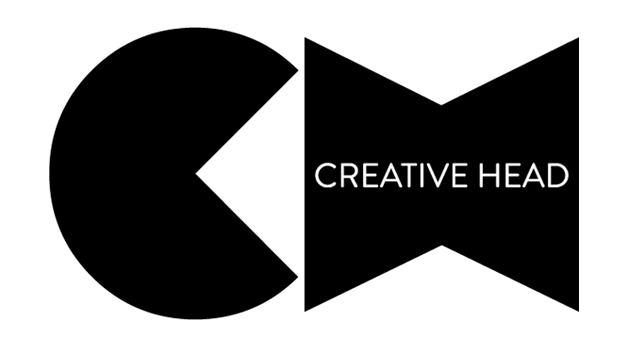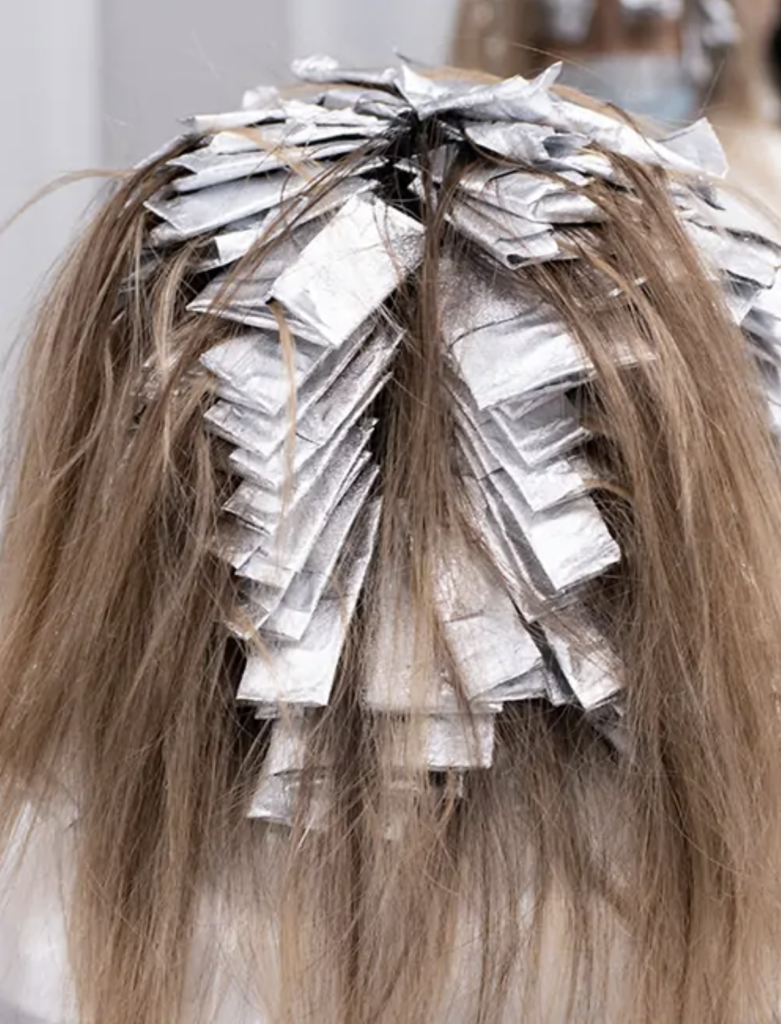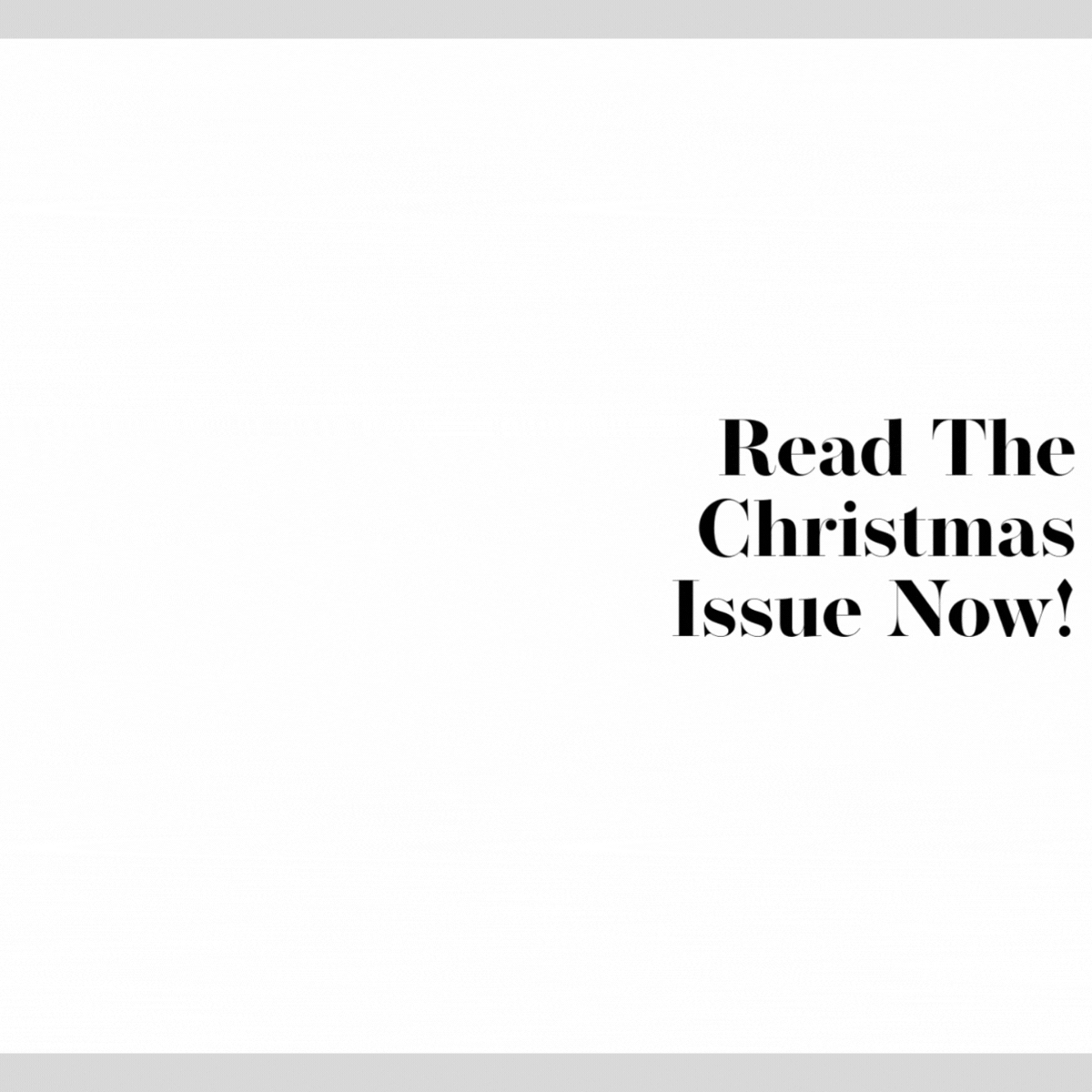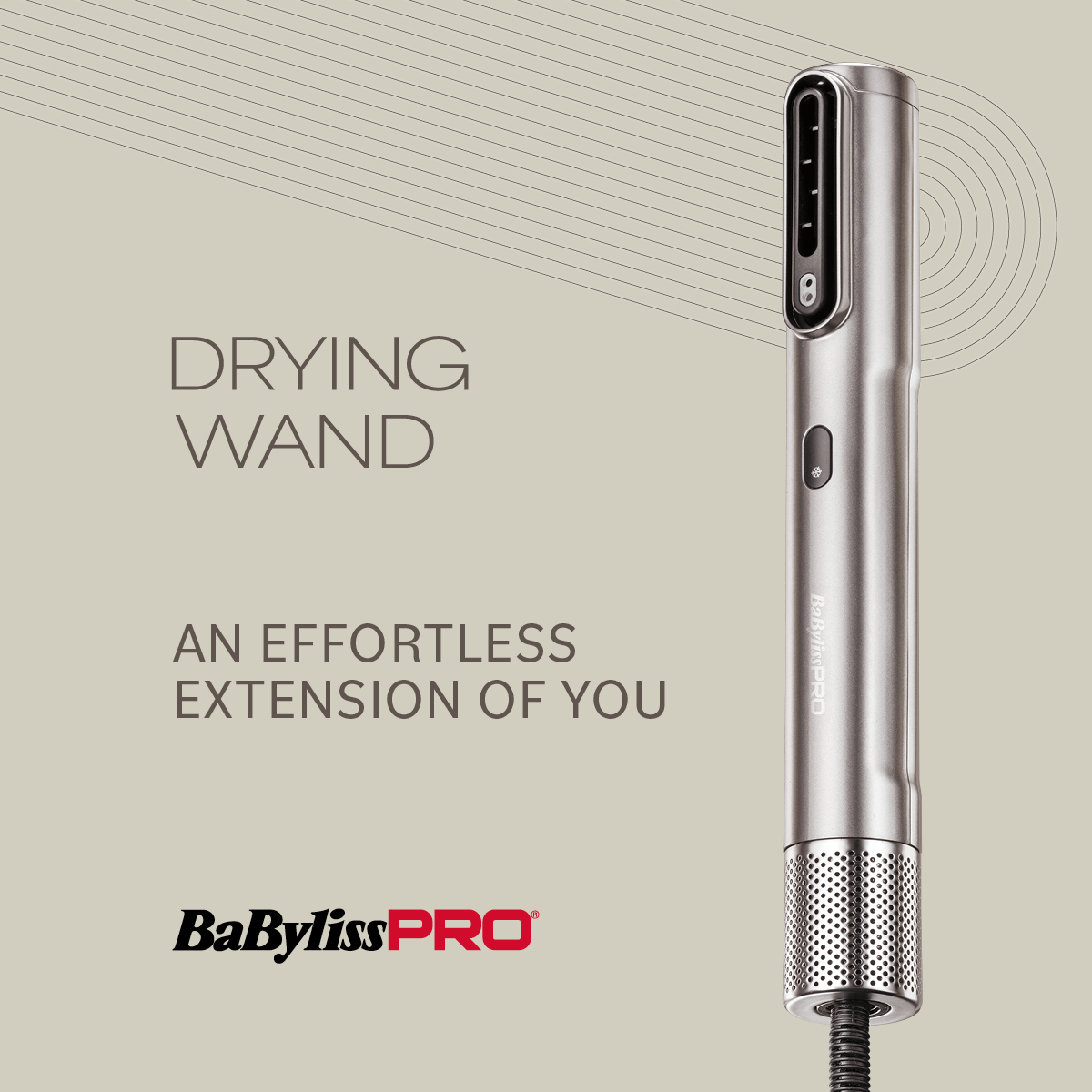NEW GUIDELINES REVEALED FOR ALLERGY TESTING
Collaboration of industry bodies unveils new testing protocols for professional colour in the UK.
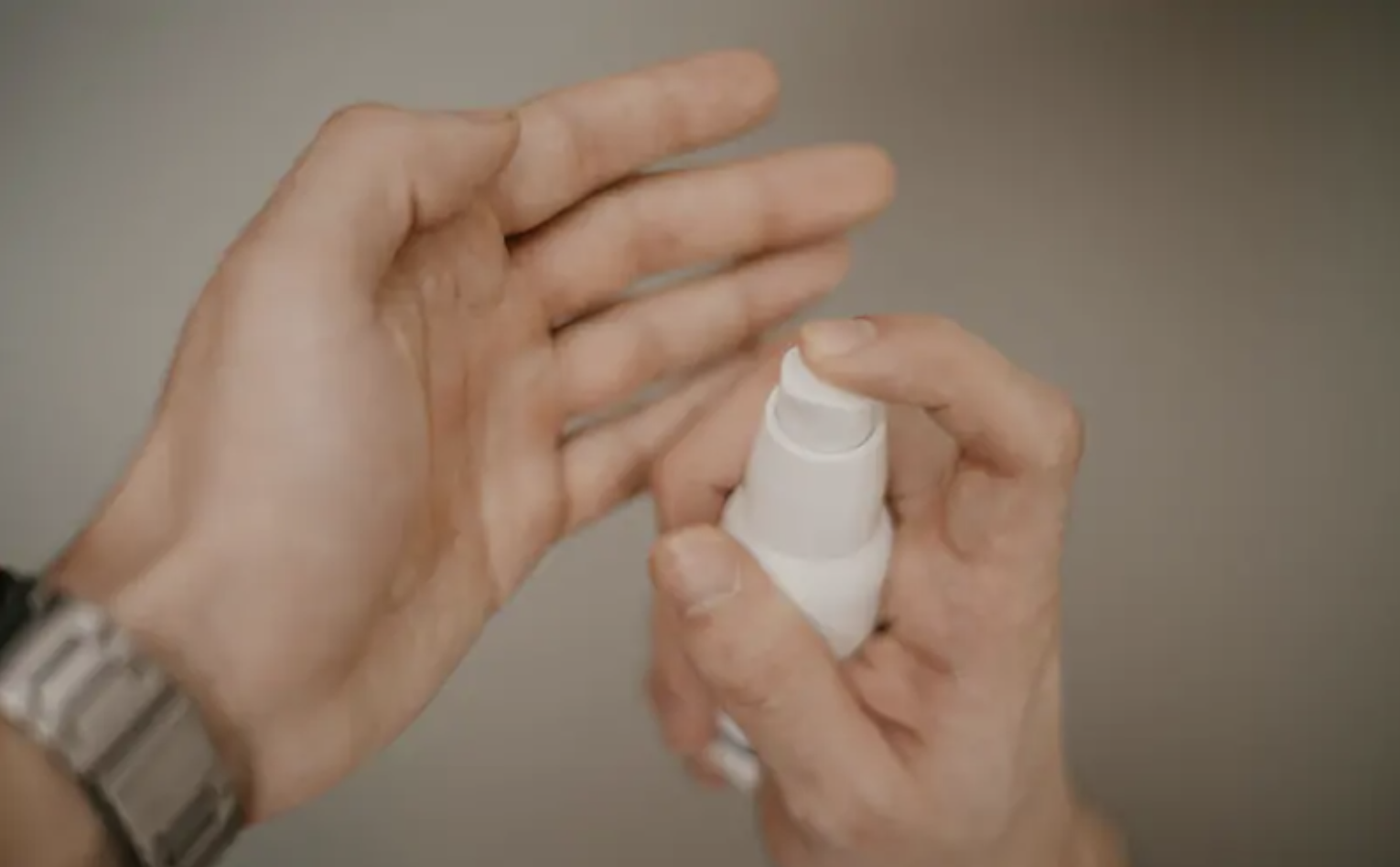
A new allergy testing protocol for professional hair colour has been unveiled through a collaboration of industry bodies.
Associations including the National Hair and Beauty Federation and Hair & Barber Council have blended the changes announced by Cosmetics Europe last year with existing industry best practices. The new guidelines offer a clear benchmark for hair professionals, insurers and hair colour brands to meet to promote the safe use of professional hair colour services in the UK.
Posting professional colour to a client’s home for them to test at home is not recommended under the new protocol, as this goes against industry best practice and may invalidate insurance cover.
“Having three options that have been thoroughly researched and examined by our industry leaders makes it simpler to understand and easier for us to communicate to the public,” says Gareth Penn, registrar at the Hair & Barber Council.
“Allergy alert tests are vital to protect clients and guard against potentially expensive legal action if something goes wrong. This is a huge step in the right direction,” added Caroline Larissey, chief executive at the National Hair & Beauty Federation. “These collaborative guidelines will help raise standards and also support clients make an informed choice.”
The industry bodies working together are Good Salon Guide, Salon Employers Association, the Barber Council, the Fellowship for British Hairdressing, the Freelance Hairdressers’ Association, the Hair Council, the Men’s Hairdressing Federation and the National Hair & Beauty Federation.
* Precise protocols differ and it is the responsibility of hair professionals to check cover with their own insurance provider.
